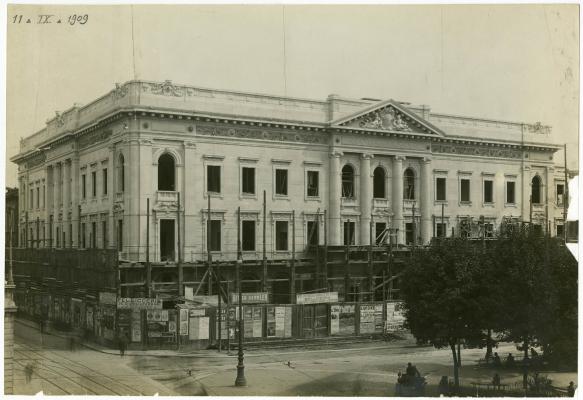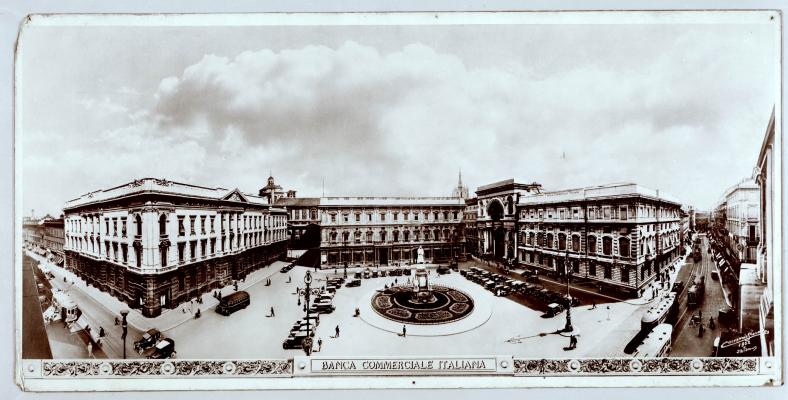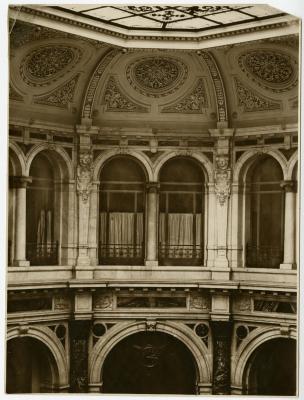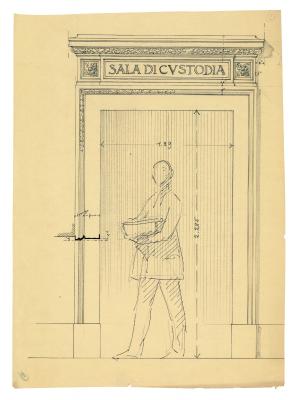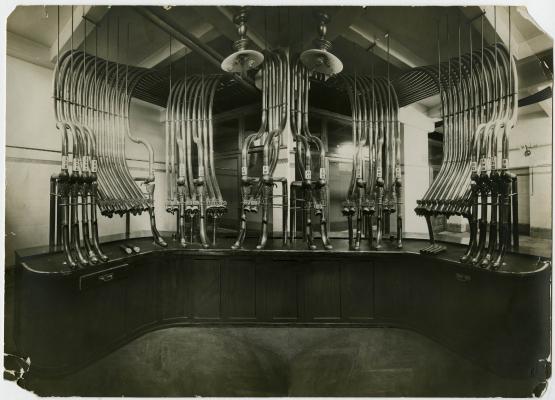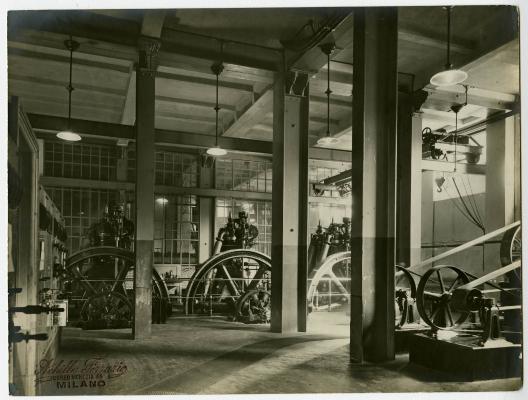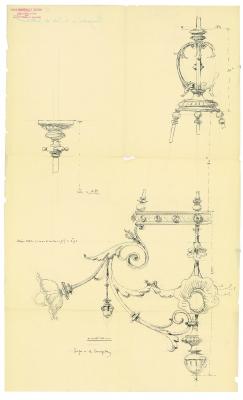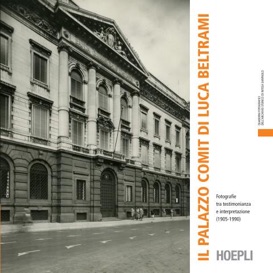
Il palazzo Comit di Luca Beltrami. Fotografie tra testimonianza e interpretazione (1905-1990)
Serena Berno - Francesca Pino
Milan, Hoepli, 2014
“There is a scholarly atmosphere at Banca Commerciale, and the staff are like librarians. As I arrive there, I cannot help but feel a sense of reverence, inspired by my childhood memories. Us provincials from the Veneto region would visit Milan just as a Frenchman from the provinces would visit Paris; my grandfather singled out the large, white marble Umbertine building with its black marble base as the finest example of modern architecture”. In Milan to meet Raffaele Mattioli, the “humanist” banker who headed Banca Commerciale Italiana between 1933 and 1972, in his “Viaggio in Italia” Guido Piovene describes his arrival at the headquarters of what he called “the most Milanese of banks”.
Strategically located in Piazza della Scala between Palazzo Marino and the Theatre – and not far from Cordusio, the budding economic and financial district of a Milan that “was becoming a metropolis” – it was the first bank building designed by Luca Beltrami between 1906 and 1911.
The prestige of the urban space and the contractor, and the intended use of the palazzo, required the utmost commitment on the part of Luca Beltrami, who even designed its decorative and functional details as illustrated by the architect’s drawings reproduced in the book.
The new headquarters soon came to symbolise Banca Commerciale Italiana itself, putting across not only the economic might it had achieved in 15 years of business, its solidity and security, but also its “Italianness”: born from a consortium of foreign banks, the Institution was preparing to modify its articles of association in order to “Italianise” its governance.
Following in the wake of the first Photographic book in Intesa Sanpaolo’s Historical Archives – Uno scavo ciclopico. Il nuovo palazzo della Cariplo nel cuore di Milano, Hoepli, 2012 by Serena Berno and Barbara Costa – the book presents the first comprehensive overview of photographs of Comit’s headquarters, gathered from enlightened donors and scattered paperwork and catalogued by the Archives. The journey begins with building work on the edifice and features shots by leading photographers: a fascinating voyage around the architectural photography of the entire 20th century, amid historical testimonies and interpretations, with the images set in their historic context following an analysis of documents in the archives.


